When you hear the word “deconstruction,” you might think it sounds complicated. But here’s the truth: it’s simply the smarter, more eco-friendly way to take down a building. And here’s the best part—it can actually save you money.
Yes, you read that right.
Deconstruction is not just good for the planet; it’s also great for your wallet. Let’s dive into why more people are choosing this method and how it could put extra cash back in your pocket.
WHAT EXACTLY IS DECONSTRUCTION?
Deconstruction is the process of carefully taking apart a structure piece by piece. Instead of smashing everything with heavy machinery, workers salvage as many materials as possible.
Think of it as the opposite of demolition. Rather than creating one huge pile of waste, you end up with reusable wood, fixtures, appliances, and more. These salvaged materials can often find a second life in another home, a renovation project, or even at resale stores.
This slower, more thoughtful process benefits you in many ways. Not only does it reduce waste, but it also increases the value of what you can recover. You’d be surprised at how much money is hiding in the lumber, windows, and even hardware inside your old home or building.
WHY DECONSTRUCTION BEATS DEMOLITION EVERY TIME
Demolition is fast, but it’s wasteful. Everything goes straight into the landfill, and you pay for hauling and dumping fees. Deconstruction, on the other hand, saves materials that still hold value. Instead of paying for garbage disposal, you could recover items worth real dollars.
Think about it like this. Imagine throwing away a perfectly good set of kitchen cabinets. They could easily sell for hundreds of dollars or be reused in another project. Now multiply that idea across every part of a house—wood, flooring, light fixtures, doors, and so much more. That’s a lot of money you can save or even earn back.
THE FINANCIAL PERKS YOU DIDN’T SEE COMING
The main reason homeowners and builders love deconstruction is because of the savings. Sure, it may take a little longer than demolition, but the return makes up for it. Let’s break down some of the ways it saves you big bucks.
First, you lower your dumping fees. Since less material goes to the landfill, you pay less for waste removal. Second, salvaged materials can be reused in your own project. For example, that gorgeous hardwood floor could move right into your new home addition. That’s money saved on buying new materials.
And here’s the kicker—you can often donate salvaged materials to local charities or reuse centers. These donations can earn you tax deductions. That means more money back in your pocket come tax season. Deconstruction really is the gift that keeps on giving.
DECONSTRUCTION HELPS THE PLANET WHILE HELPING YOUR WALLET
Saving money is great, but saving the planet at the same time makes it even better. Construction waste is one of the largest contributors to landfills. When you choose deconstruction, you reduce the amount of waste that ends up buried in the ground.
Every piece of wood that gets reused saves a tree from being cut down. Every window that gets donated keeps more glass out of the landfill. And every cabinet that finds a new home helps keep natural resources intact. It’s a win for you and a win for the planet.
COMMON MATERIALS THAT CAN BE SALVAGED
You might be wondering what exactly you can save from a house or building. The truth is, there are lots of materials. Lumber, bricks, roofing materials, doors, windows, flooring, appliances, lighting, and even bathroom fixtures can all be salvaged.
That old clawfoot tub in the basement? Someone would pay good money for it. Those solid wood doors? Perfect for resale or repurposing. Even hardware like hinges, knobs, and handles can add up in value. One man’s “junk” really is another man’s treasure in the world of deconstruction.
DECONSTRUCTION PUTS VALUE BACK INTO YOUR COMMUNITY
Another reason people love this process is because it benefits the local community. Salvaged materials often go to resale stores or community projects. That means families can access affordable building supplies. Plus, choosing local professionals for the job supports businesses in your area.
For example, hiring deconstruction services in Nanaimo ensures your money stays close to home. Not only do you save, but you also help create jobs and support a greener city. That’s a benefit you don’t get from standard demolition.
HOW TO GET STARTED WITH DECONSTRUCTION
If you’re considering deconstruction, the first step is finding the right team. Not every contractor specializes in this method. You’ll want professionals who know how to carefully salvage materials without damaging them.
Ask about their process, their partnerships with local reuse centers, and how they handle donations. A good deconstruction service will walk you through the entire plan, from taking apart the building to arranging drop-offs or pickups for salvaged goods.
And here’s a helpful tip—always plan ahead. The more organized you are about what you want to save, the smoother the process will go.
THE LONG-TERM VALUE OF CHOOSING DECONSTRUCTION
One of the best things about deconstruction is how it continues to save you money long after the project ends. Those tax deductions don’t just help this year; they can benefit you in the years to come. The salvaged materials you reuse in your next project save you from buying new supplies.
And let’s not forget the added property value. Buyers love homes built with reclaimed materials. Eco-friendly features and sustainable practices often boost resale value. That means you not only save now but also earn more later when you sell.
FINAL THOUGHTS: DECONSTRUCTION JUST MAKES SENSE
When you add it all up, the choice is clear. Deconstruction costs less in the long run, keeps valuable materials out of landfills, and supports your local community. It’s better for your wallet, better for your project, and better for the planet.
If you’re ready to save money and do some good at the same time, consider hiring deconstruction services in Nanaimo. You’ll be surprised at how much value you can recover from what looks like an old building ready for the dump.
Deconstruction is more than just a trend—it’s the future of building and rebuilding. And the best part? It saves you big bucks while making a positive impact.



